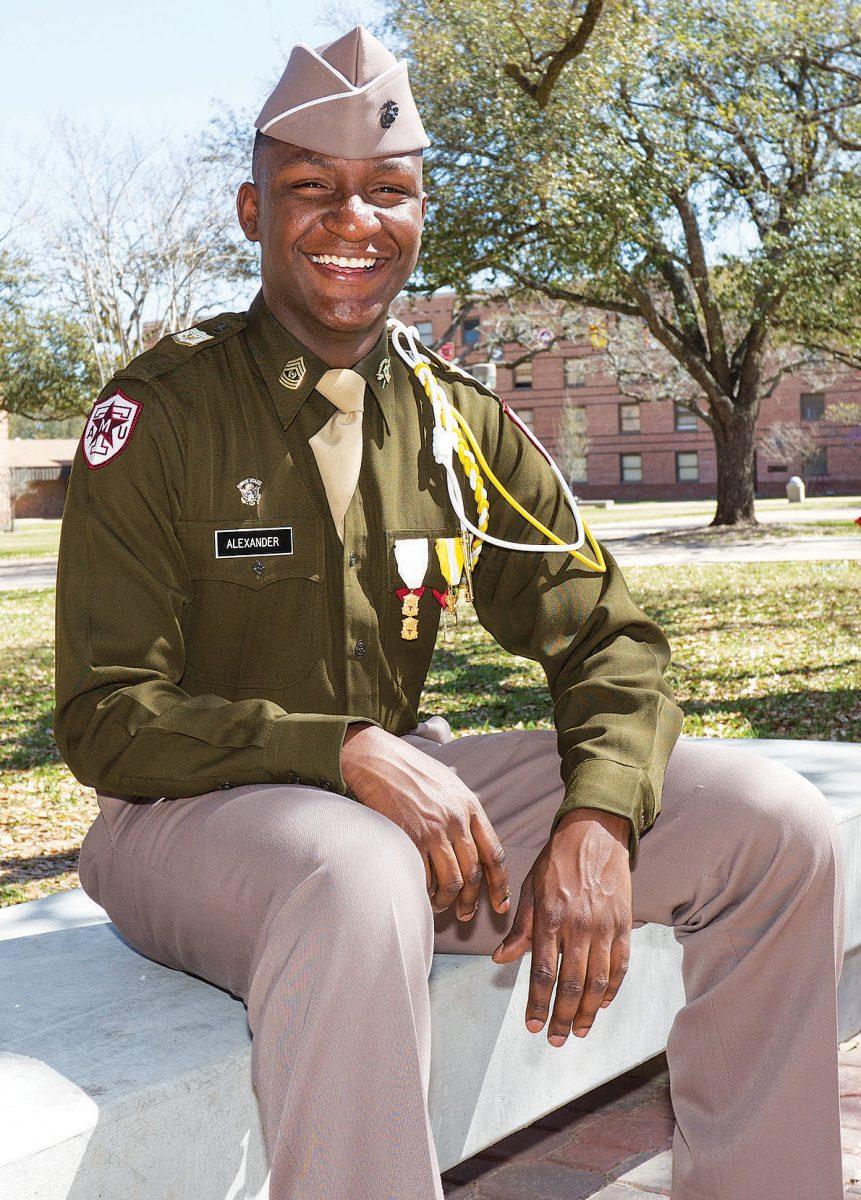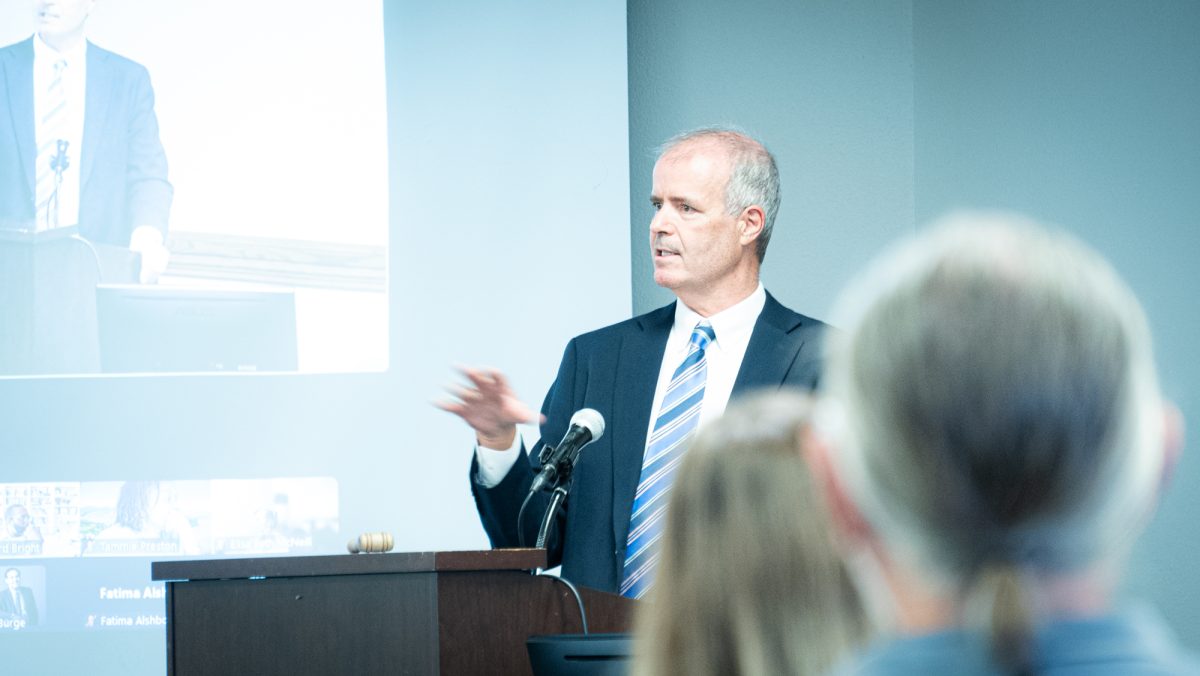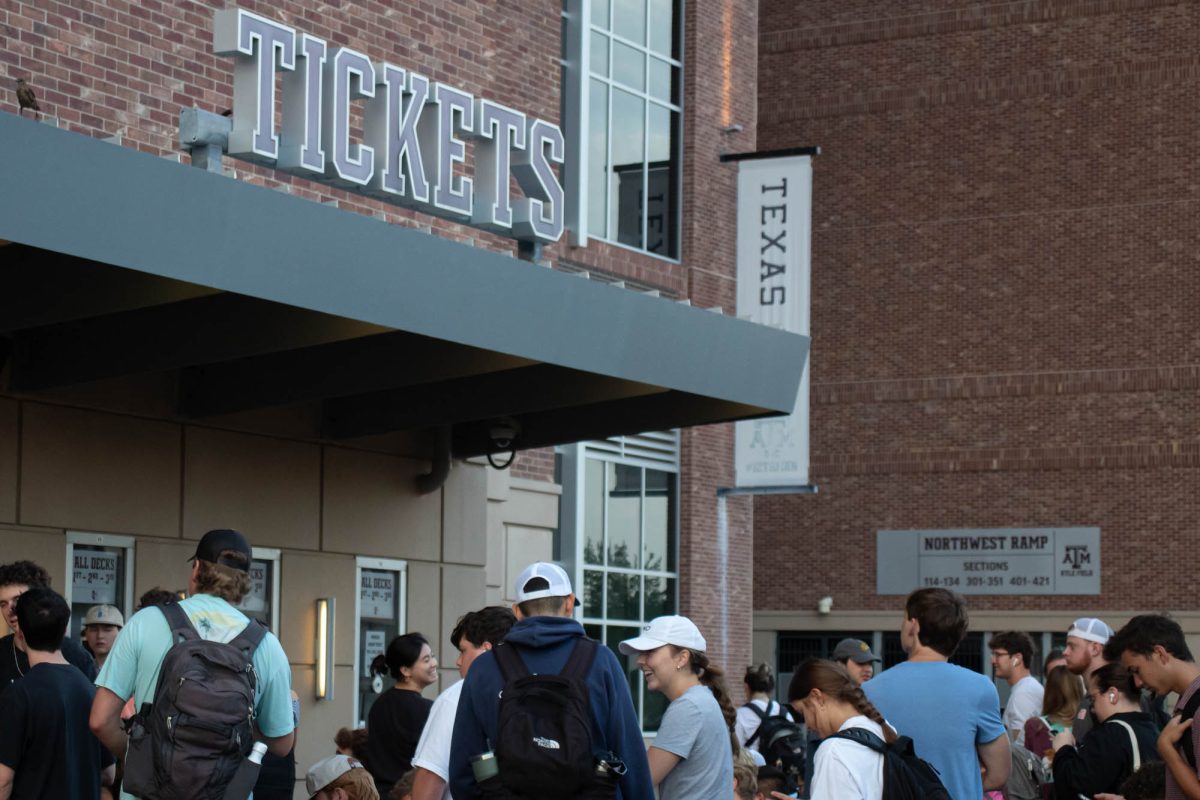Women and minorities have played an integral role in the history of Texas A&M, and their ascension to leadership positions has been thoroughly documented by The Battalion.
The year of 1963 was undoubtedly one of progress at A&M, but even with then-President Earl Rudder’s landmark decision to admit women and minorities to the university, the struggle for inclusion has continued.
The Battalion began reporting on minority issues from the beginning and in a 1963 issue, it covered the enrollment of the first eight African-American students in A&M’s 87-year history. Leroy Sterling would become the first black student to enroll.
“The men, who came as special students, were the first of their race to apply for admission since the Board of Directors resolved to end segregation throughout the system last year,” the issue reads.
Though women officially gained admission in 1963, the struggle for co-education began long before. According to the 100th anniversary edition of The Battalion in 1993, daughters and family members of college employees were allowed to attend A&M in limited numbers in 1933 due to the Great Depression.
Eventually, the A&M Board of Directors made the ruling to accept women on April 27, 1963, and The Battalion immediately released the news.
“The student body, most of whom were away when the decision was made public, were unhappy,” the article reads. “While feelings among civilians were mixed, the Corps of Cadets were furious. More than 4,000 students booed President Earl Rudder when he told them there was no possibility of repealing the new policy.”
Women were not permitted to live on-campus until 1972, and The Battalion reported on Feb. 23, 1971 that women’s dormitories had been approved by the A&M System Board of Regents.
“The decision, which was unanimous, is the first time anything definite has been said as to when women will be allowed to live on campus,” Battalion assistant editor Hayden Whitsett wrote.
Following integration, leadership among minorities gradually came to fruition at A&M. According to a 1965 issue of The Battalion, Fred McClure, Class of 1976, was elected as Speaker of the Senate and later became the first African-American student body president in 1976.
When Brooke Leslie, Class of 1994, was elected the first female student body president in 1994, The Battalion was on the scene.
“I do not want to be remembered as the first woman president,” Leslie told reporters. “I want to be remembered as the best student body president ever.”
The first African-American Corps Commander, Marquis Alexander, was appointed in 2012, and the first female commander, Alyssa Michalke, was appointed in 2015. An editorial found in a February 2015 issue of The Battalion said that a culture of modernization and growth instituted by Corps Commandant Brig. Gen. Joe Ramirez contributed to these selections.
“Still, the Corps has lagged behind similar university milestones,” the editors wrote. “The first black student body president was elected in 1976, the first female in 1994. And the most visible positions associated with the Corps — the student-elected yell leaders — have never been occupied by a woman.”
Diversity at A&M made further progress and The Battalion continued to report in 2018, when economics senior Bobby Brooks became A&M’s first openly gay student body president. Brooks became SBP after candidate Robert McIntosh was disqualified due to mistakes on his campaign expense report.
In a March 2017 edition of The Battalion, then-Memorial Student Center vice executive for minority affairs Brian O’Hara said that with the election of Brooks, it’s easy for students to say they have made progress.
“Our student leaders are continually more and more representative, and more and more true to who they are as the student body,” O’Hara said.
Carlo Pizarro, urban and regional planning senior and president of the Council for Minority Student Affairs said that during his time at A&M and serving on student senate he has been able to see diversity in action and is hopeful for the future.
“I’ve really seen students of color grow into those roles and it really makes me hopeful that college students try to achieve to get into these position to represent the university,” Pizarro said. “Not just because it’s good for students of color to be there, but also to inspire new generations of people to come out and see that ‘I do belong in this seat, this is my school and this is where I want to be,’ and that will all be thanks to all the student leaders of color before them who made that happen.”
Women and students of color break barriers, represent A&M’s student body
October 3, 2018
Photo by FILE
First African-American corps commander Marquis Alexander and first female corps commander Alyssa Michalke both broke barriers in Texas A&M’s oldest organization.
0
Donate to The Battalion
Your donation will support the student journalists of Texas A&M University - College Station. Your contribution will allow us to purchase equipment and cover our annual website hosting costs.









